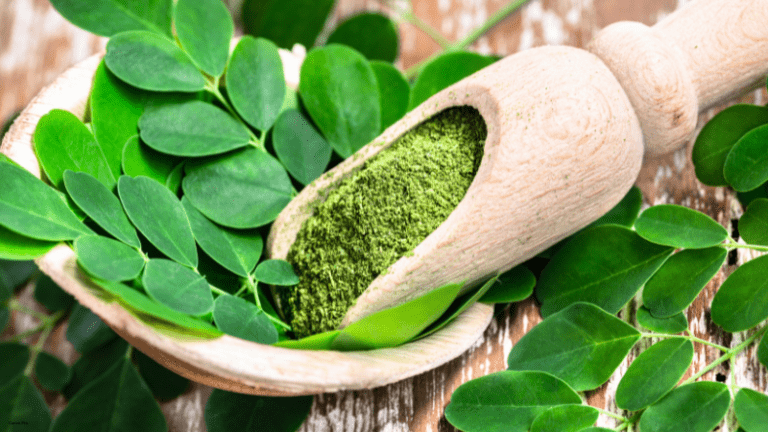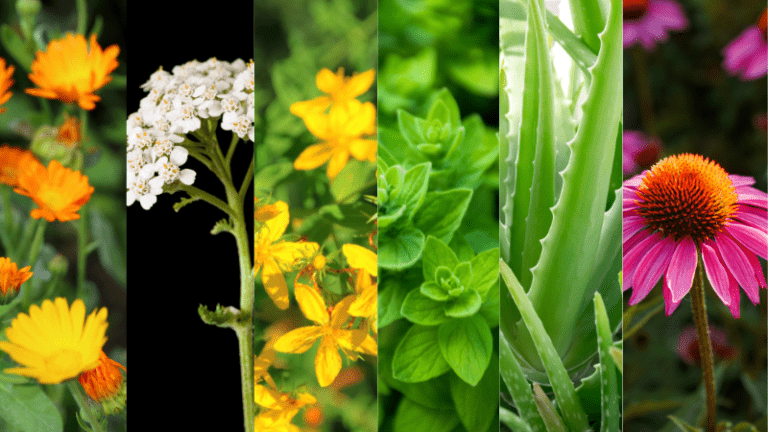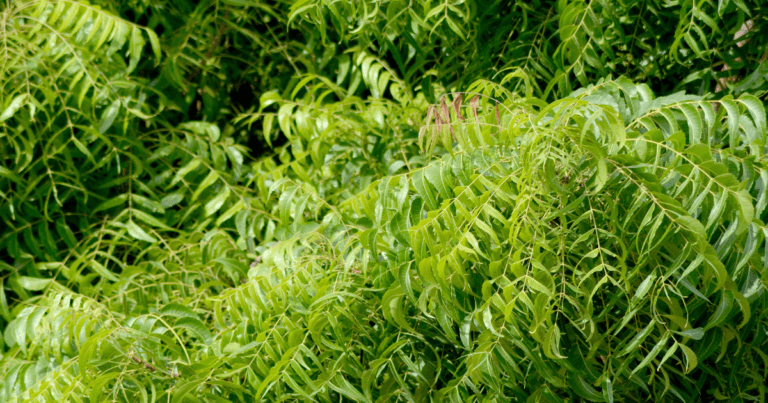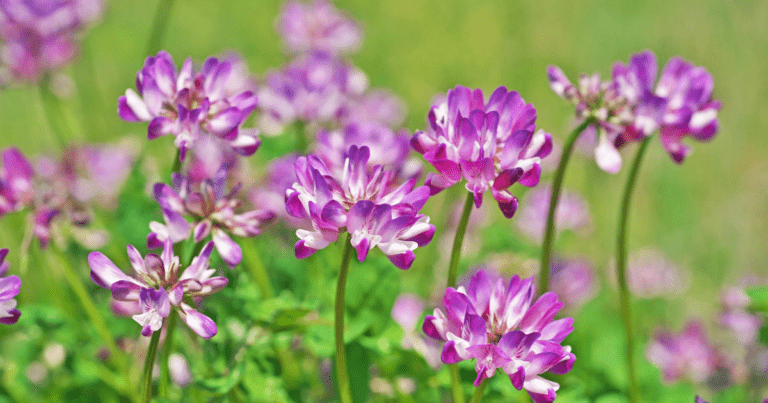Health Benefits of Neem: A Natural Antimicrobial Powerhouse
September 27, 2023
Milk Thistle: Nature’s Hidden Treasure for Wellness
September 13, 2023
Moringa: The Ancient Tree That Can Change Your Life Forever
September 11, 2023
Chamomile: Discover the Ancient Secret of the herb
September 8, 2023
Holy Basil: Discover the Ultimate Health Elixir
September 6, 2023
Saw Palmetto: Exploring Health Benefits
August 26, 2023










